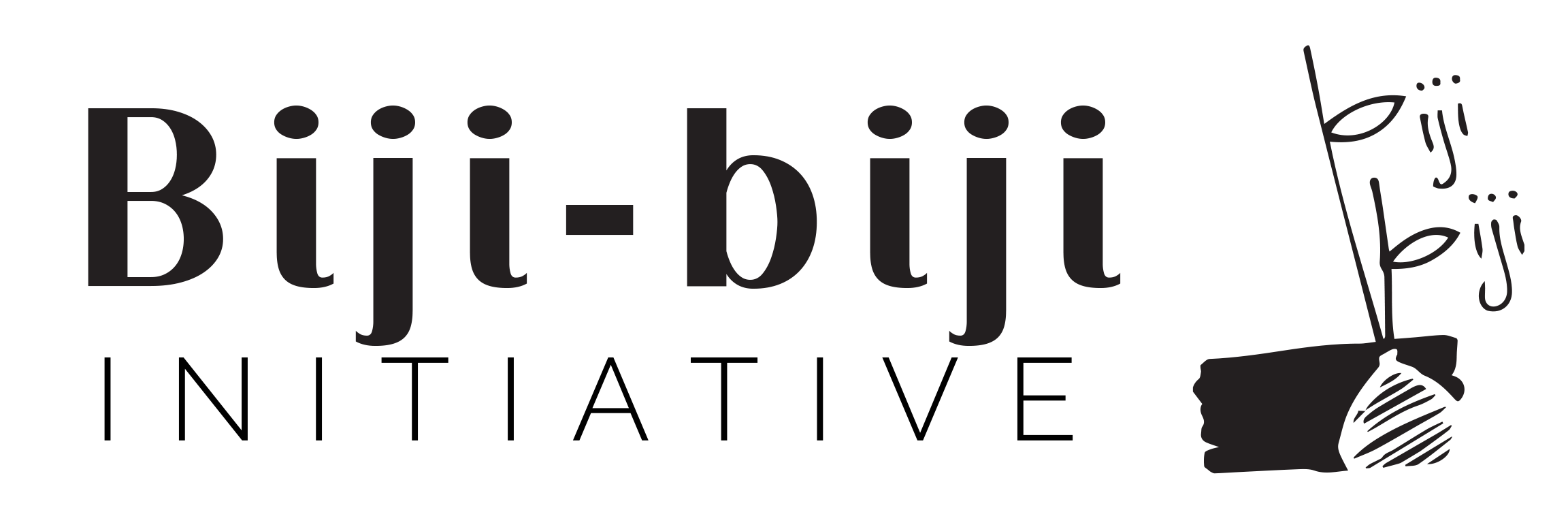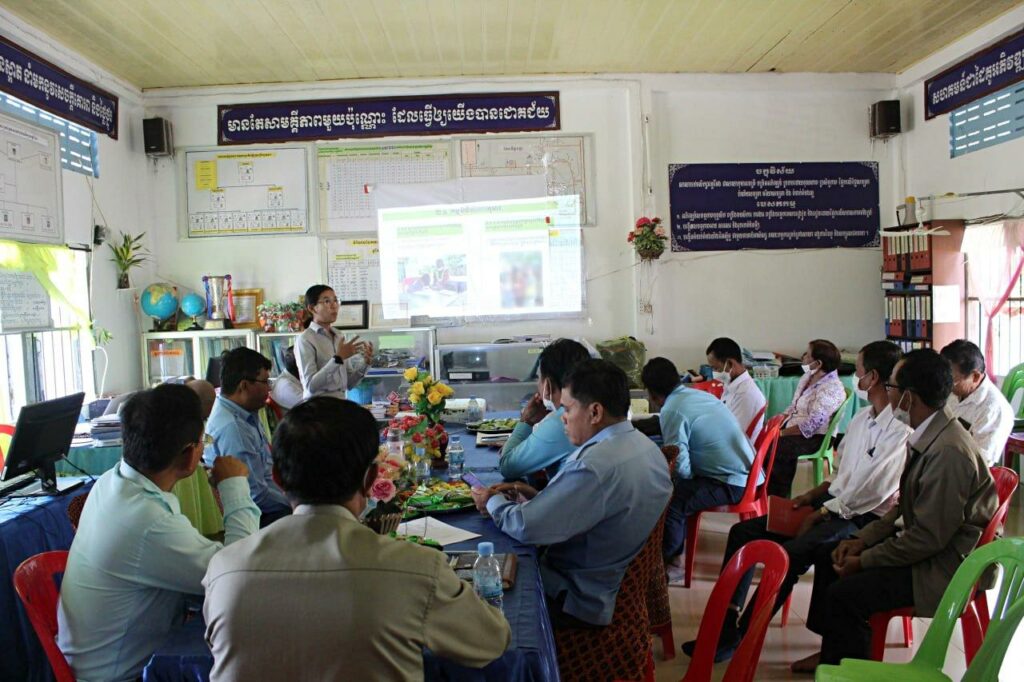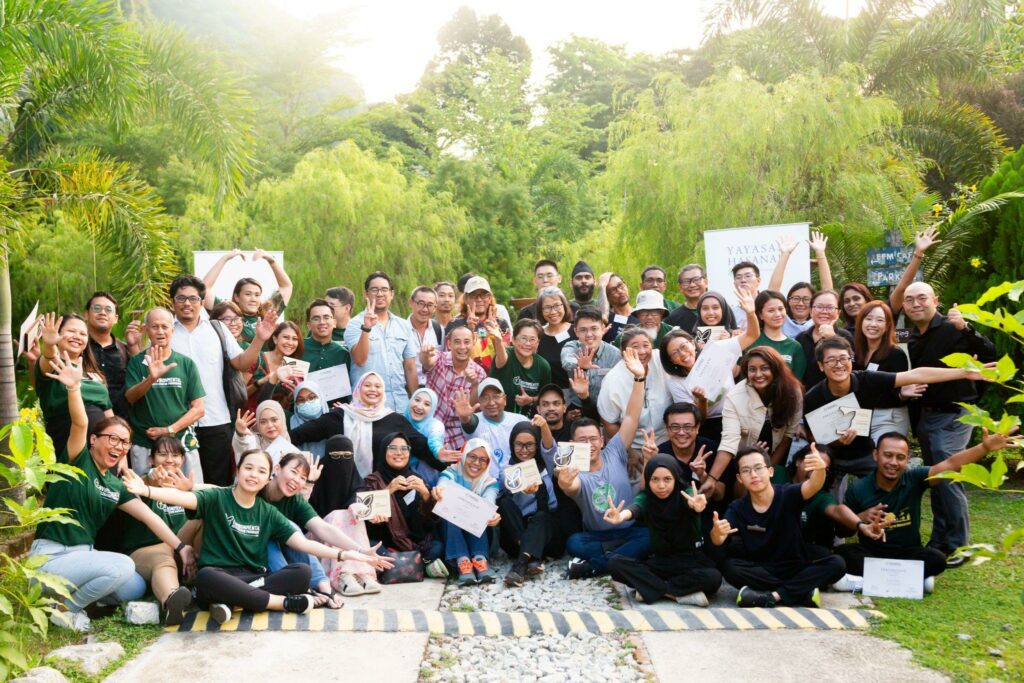The rise of the gig economy
The rise of the Covid-19 pandemic was paralleled by the incredible growth of the gig economy.
While the gig economy was perceived as a secondary source of income or an avenue for those who could not succeed within the regular workforce, it now is steadily becoming the backbone of our recovering economy. As corporate budgets were exhausted and being laid off became the “new normal”, many organisations began outsourcing operation and execution-related tasks to freelancers through short term contracts.
The pandemic has shown us that a laissez-faire economy of talent and resources, where skilled individuals and organisations are able to leverage off collective capacities through digital platforms, will be the driving force that shapes the future of work. From graphic design and content creation to project management, the opportunities within the gig economy are near limitless.
The gig economy may seem glamorous with its perceived advantages of flexible hours and self-employment, however, for those who lack the experience, resources and opportunities to acquire a consistent and high paying gig are left to join e-hailing services.
The e-hailing industry
E-hailing, an industry on the rise with over 40 registered organisations, has seen an influx of demand due to the nature of the current pandemic.
However, from here, we are able to see the pitfalls of the gig economy.
Overall, drivers are expected to work around the clock and are incentivised to complete more and more trips all while not having proper employment security, insurance and financial stability. Organisations are able to exploit the fact that these drivers are not technically employees of the company, but rather agents who are contracted to do on-demand work.
A recent New Straits Times article highlighted the reality of fatigue shared by many e-hailing drivers around the world, including Malaysians.
They were all working and competing against each other for a system that demanded for you to stay on the job for as long as possible, and incentivized you for it, sparingly.
Although the demand and economic activity stemming from such services may be promising for the country’s recovery, it comes at the safety and wellbeing of the riders.
The key problems e-hailing riders face
Increased Demand, Reduced Income
While the riders are trying to keep up with the new demands, they are simultaneously trying to keep up with their own bills and expenses. They are putting in more hours while not being compensated.
As gig workers bound by the algorithm and system of the platform they serve, they have no negotiating power over their earnings and thus are forced to continue on their tasks, day in and out, just to survive.
Lack of Financial Stability
In such uncertain times, drivers are left extremely vulnerable. With increasing demands for e-hailing services and increasing cases of Covid-19, the drivers put themselves at great risk every day.
This is especially true for households that heavily rely on the income from deliveries should something happen to the rider. Without a stable monthly income, drivers and their families are left severely unsecured.
Lack of Employment benefits
Drivers are compelled to work longer hours, sometimes longer than the standard 8-hour workdays, to make ends meet. Yet, they receive little to no benefits that one would see an organization provide a regular employee. By skirting the rules and not treating drivers as employees, the drivers are forced to put themselves at risk every day, surviving only till the next. Benefits such as Sosco and EPF need to be tailored specifically for e-hailing drivers and other gig economy workers.
We’ve compiled a list of safety nets for the gig economy here.
Potential long term physical and mental health impacts
In an article evaluating the work quality in the gig economy, Wood et al. (2018) notes that the well-known autonomy that the participants of the gig economy have (i.e., flexibility in working hours and the location of work) comes at a price.
For one, gig economy workers have to bear with long, irregular and anti-social working hours, leading to negative health consequences, such as sleep deprivation. The competitive nature of online labour platforms also requires workers to complete as many requests or gigs as possible, as quickly as they can, regardless of how unreasonable it may be.
Over time, these factors may translate to unhealthy working circumstances. Coupled with the added stress of ensuring the financial sustainability of their work, gig workers in the e-hailing and delivery industry are shouldering a burden many of us may not comprehend.
Opportunities for change
Although the Covid-19 pandemic helped highlight the various pitfalls within the e-hailing services, we truly believe that by preparing our communities for the future of work, the gig economy could still lead a path for future success and opportunities.
The gig economy, and the underprivileged employees within this rising workforce, must be carefully protected and nurtured to ensure its potential success.
This starts by championing the identified issues and bringing light to possible solutions to help facilitate a symbiotic relationship between organizations and gig workers.
Digital Skills and the Gig Economy Employability Programme
As part of a global skills initiative aimed at bringing more digital skills to 25 million people worldwide by the end of 2020, Microsoft, in partnership with Biji-biji Initiative, launched a campaign – ‘Digital Skills and the Gig Economy Employability Programme’. The programme specifically highlights the promising future of the gig economy while also addressing its controversies with the hopes of preparing and empowering those who venture into this future workforce.
The partnership spawned a series of digital workshops for current and future gig workers aiming to prepare individuals with relevant 21st-century skills to successfully operate within the gig economy, taking into account personal branding, financing, risk management and more.
Microsoft’s Global Skills Initiative
On a global scale, Microsoft has launched a comprehensive technology initiative built on data and technology. The initiative combines existing resources from LinkedIn, GitHub and Microsoft, providing free learning paths mapped to jobs that are in-demand, discounted Microsoft certifications to validate skills, and best practices for job searching and interview prepping so you can put your best foot forward.
Check out the free online courses to boost your digital skills here.
This is the perfect opportunity for those who were unable to attain sufficient work or educational experience. The free courses range from software development and IT administration to digital marketing and data analytics – a plethora of skills to learn and freelance jobs to attain.
Visit the link here for an opportunity to kickstart your own gig career.
In Free Malaysia Today, Charles Santiago, a prominent Malaysian Politician, noted that organizations needed to start treating their riders as employees who receive a minimum wage, insurance coverage, Employees Provident Fund (EPF) deductions and Socso coverage.
On that note, the Malaysian government has initiatives and programmes in place to mitigate issues within the gig economy.
We’ve compiled a list of those here.
At the end of the day, there needs to be holistic efforts in place to help the gig economy as it continues to grow as our economy changes. Awareness is important and so are reliable and effective policies and incentives to properly drive the growth of the gig economy and the future of our youths.




